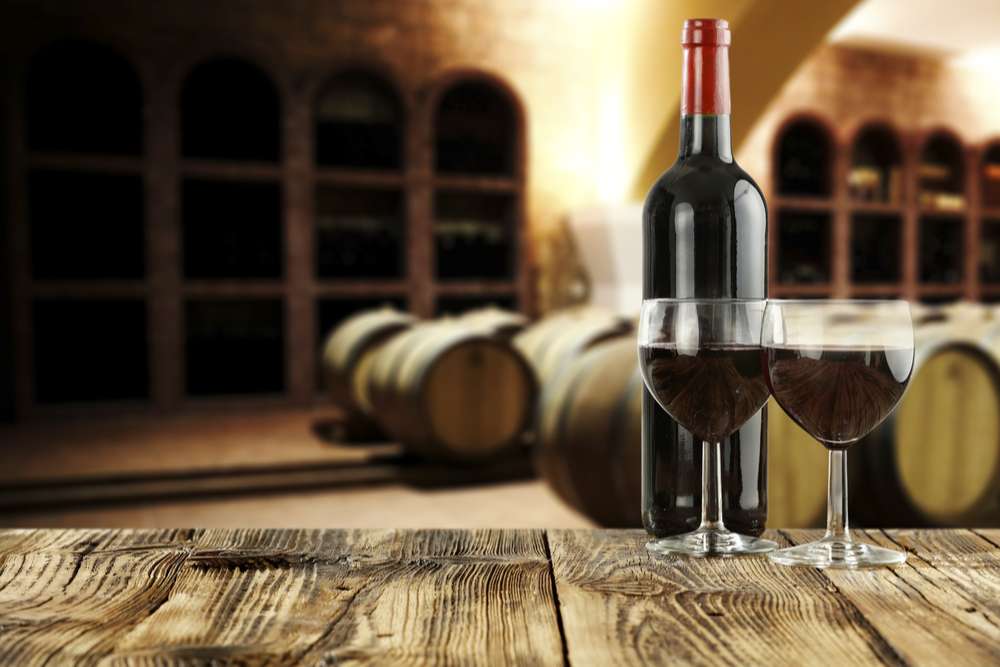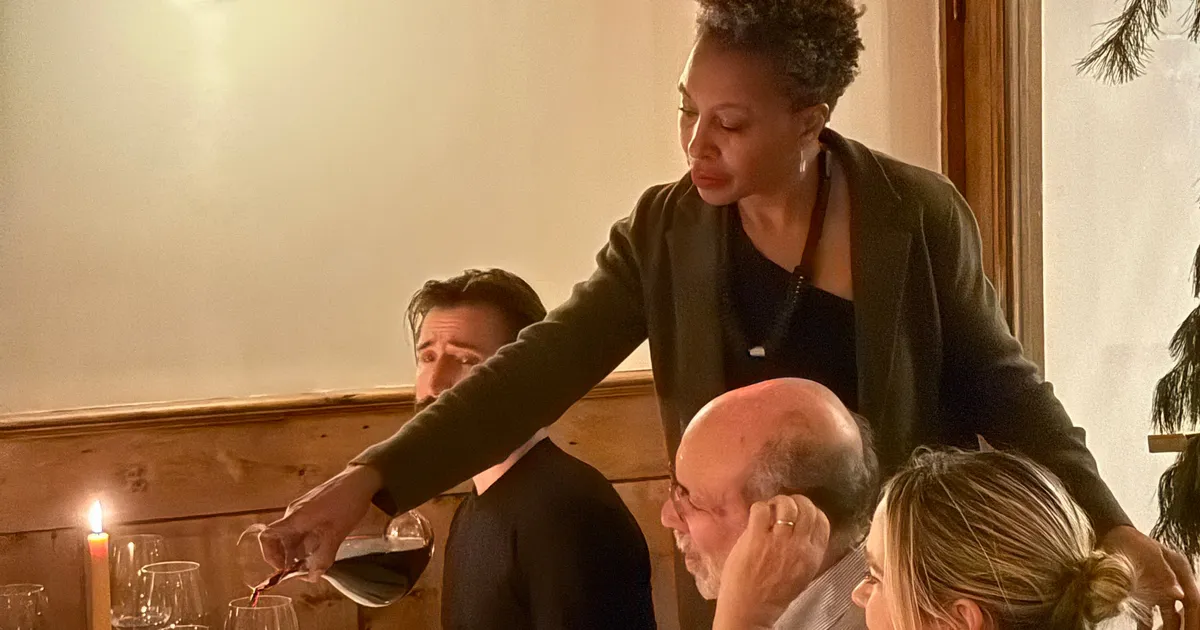Wine aging is an art that transforms ordinary bottles into extraordinary treasures, but success depends entirely on creating the perfect environment. Whether you’re a casual collector or serious enthusiast, understanding the ideal conditions for aging wine can mean the difference between a sublime tasting experience and disappointing spoilage. The magic of wine aging occurs through complex chemical processes that require precise environmental control – temperature stability, proper humidity, protection from light, and minimal vibrations.
Most wines benefit from proper storage even for short-term keeping, while age-worthy bottles with high tannins, acidity, or sugar levels can develop remarkable complexity over decades when stored correctly. Professional-grade storage isn’t always necessary; following fundamental principles can protect your investment and enhance your wine’s potential, transforming your collection into liquid poetry that improves with time.
Temperature: The Foundation of Proper Wine Aging
Temperature control represents the most critical factor in successful wine aging. The ideal temperature range for wine storage falls between 45°F and 65°F (7°C to 18°C), with 55°F (13°C) often cited as the perfect target. This range allows wines to age gracefully without accelerating the process unnaturally.
Heat poses the greatest threat to aging wine. Temperatures above 70°F (21°C) will age wine too rapidly, while extreme heat can literally “cook” your bottles, resulting in flat aromas and compromised flavors. Conversely, temperatures below 45°F can slow aging to a crawl, though this is less damaging than excessive heat.
Temperature stability matters more than achieving the exact ideal temperature. Rapid fluctuations cause wine to expand and contract, potentially pushing corks out or causing seepage. Even minor temperature swings should be minimized for optimal aging conditions.
Humidity Control for Cork Preservation

Proper humidity levels are essential for maintaining cork integrity during long-term aging. The recommended humidity range is 50% to 80%, with 70% often cited as ideal. This level prevents corks from drying out while avoiding excessive moisture that could damage labels or promote mold growth.
Dry conditions pose particular risks for wines stored horizontally, as dried corks can allow oxygen infiltration, leading to premature oxidation and spoilage. However, excessive humidity creates its own problems, potentially damaging labels and reducing resale value.
For home storage, placing a pan of water in your storage area can help maintain adequate humidity levels, while a dehumidifier can address overly damp conditions.
Light Protection and Environmental Factors
Wine requires protection from both natural and artificial light sources. Direct sunlight and UV rays can degrade wine prematurely, breaking down delicate compounds and creating off-flavors. This explains why vintners use colored glass bottles – they act as sunglasses for wine.
Even household lighting can fade labels over time, though incandescent bulbs pose less risk than fluorescent lights, which emit small amounts of ultraviolet radiation. Store bottles in dark spaces or protective boxes to ensure optimal aging conditions.
Vibration control is equally important but often overlooked. Constant movement from household appliances, traffic, or loud music can disturb sediment and force compounds to precipitate prematurely. Choose quiet, stable locations away from mechanical equipment.
Storage Position and Long-Term Considerations
For wines intended for aging beyond a few years, horizontal storage is crucial. This position keeps corks moist, preventing them from drying out and compromising the bottle’s seal. This traditional cellaring method has proven effective for centuries of wine aging.
Age-worthy wines typically possess high tannins, acidity, or sugar levels. Red wines like Cabernet Sauvignon, Merlot, and Syrah can benefit from 5-20 years of proper aging, while certain white wines like Riesling and aged Chardonnay can develop beautifully over decades.
Remember that most wines are designed for consumption within a few years of release. Only invest in long-term aging for wines specifically crafted for extended cellaring, and consider professional storage for truly valuable collections.


